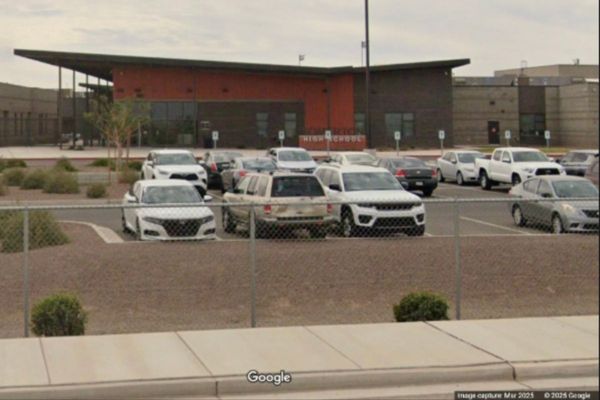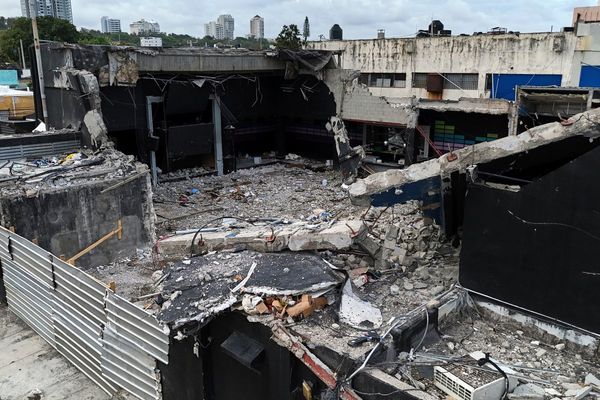OUR coasts are among the most beautiful in the world. Scotland has been truly blessed with fantastic views and waters. These are the landscapes that have produced and inspired great art, poetry and song which has been passed down through generations.
The local communities that line them are a rich tapestry of people and small businesses, with every village having its own set of stories, experiences and characters.
Many of these communities have relied on the rich waters that surround our islands. If you had visited our fishing towns in the decades past, you would have seen dozens of boats coming in with that day’s catch.
Findhorn on the Moray coast used to be an important commercial and fishing port with a shipbuilding industry. Today it’s a much-loved village, but so taken over by holiday homes that the primary school is long gone.
I always feel sad when I walk by the two disused piers that would have seen all kinds of maritime bustle back in the day. And I love to hear stories about how there used to be a train that would whisk goods from the boats to Forres and beyond.
There are still fresh fish, lobsters and crabs being taken into our shores each and every day, but not in the abundance that there once was. If we are to have a fishing industry in the decades to come, we need to take action to replenish our stocks.
One of the proposed steps that is attracting a lot of attention is the introduction of Highly Protected Marine Areas (HPMAs), or no-take zones. These are special havens where depleted marine life can recover, protected for the good of current and future generations.
They have a critical role to play in underpinning the restoration of healthy fish populations and supporting the development of a sustainable fisheries sector.
There are successful no-take zones in place all over the world, with vital ecological results. Across the 24 no-take zones in the Mediterranean, fish biomass and density are 200% greater than outside the zones.
We actually have one here in Scotland.
In the beautiful Lamlash Bay area of Arran, there is a small stretch of water that was designated following a positive and vibrant campaign by local residents and fishers who could see the damage that had been done to their waters and wanted to repair it.
No-takes zones are an important part of the Bute House Agreement between the Scottish Greens and the Scottish Government, with plans for the protections to cover 10% of Scottish waters.
The Scottish Government has just carried out a full and wide-ranging consultation to help determine where these zones will be. It was filled in by thousands of people, showing the scale of interest in the proposals and the live discussion that is taking place around dinner tables up and down our coasts.
We are still at the very early stages of the process, but it is those households and families who will be at the heart of shaping these zones. When we are at the stage of drawing lines on a map, the pen must be in local hands.
There has been a lot of heat in the debates, and not enough light. The proposals have been met with misinformation and scaremongering from the Tories in particular. The Scottish Tory position is particularly weak, bearing in mind that the UK Government sees the importance of HPMAs in ensuring long-term fisheries and is designating three of its own no-take zones.
Not to mention that it was in the manifestos that every single Tory was elected on.
HPMAs are not about putting an end to fishing. Instead, they are about protecting a small number of specific areas to allow our fish stocks to recover. Their decline poses a far greater threat to our ecosystems and fishing sector than the HPMAs.
When I think of the future, I want to see harbours full of thriving fishers and returning populations. I want to see the return of the stocks that once were and people coming to see the lands and views that have inspired so many powerful words.
I want to see fishing communities at the heart of a bustling rural and nature-restoration economy where our world-leading marine sites are attracting visitors who want to come to enjoy our beautiful, healthy seas, shores and hospitality.
More and more people are starting to care for their coastal waters and want to see them recover and thrive. Everyone I speak with understands that a healthy ecosystem that allows all types of fish to thrive will be what supports our fisheries.
Marine protection isn’t just an issue for coastal communities. We all benefit from healthy seas with vibrant nature and functioning ecosystems. We all benefit from clean waters and thriving and sustainable rural economies that are going from strength to strength.
I know there are people concerned about HPMAs, and there is nothing wrong with that. Big changes take time and dialogue. We are at the listening stage of the process and I want all voices to be heard.
Those conversations may not always be easy. But I know that if we work together, we can ensure a better and more sustainable future for our vital fishing industry, while delivering benefits for people and planet.







